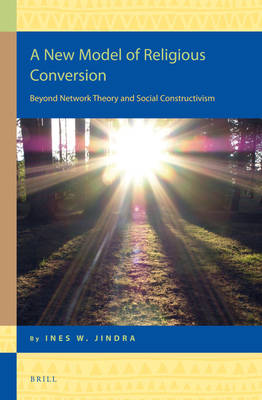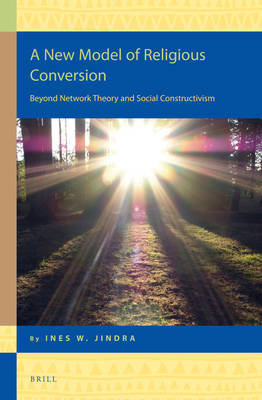
- Afhalen na 1 uur in een winkel met voorraad
- Gratis thuislevering in België vanaf € 30
- Ruim aanbod met 7 miljoen producten
- Afhalen na 1 uur in een winkel met voorraad
- Gratis thuislevering in België vanaf € 30
- Ruim aanbod met 7 miljoen producten
Zoeken
€ 230,45
+ 460 punten
Omschrijving
Based on the analysis of 52 conversion narratives to various religious groups, A New Model of Religious Conversion utilizes case studies for comparison of converts' backgrounds, network influence, and conversion narratives. The author convincingly illustrates a "fit" between the converts' background and the religion they convert to, such as between disorganized family backgrounds and highly structured religions. Conversely, those from highly structured backgrounds often convert to more "open" groups. The book also makes it clear that not all conversions are influenced by networks or align themselves with a social constructivist view of a conversion as an "account." Taking converts' trajectories seriously, the author makes a strong case for the application of biographical sociology to the study of conversion and (American) sociology overall.
Specificaties
Betrokkenen
- Auteur(s):
- Uitgeverij:
Inhoud
- Aantal bladzijden:
- 240
- Taal:
- Engels
- Reeks:
- Reeksnummer:
- nr. 14
Eigenschappen
- Productcode (EAN):
- 9789004264984
- Verschijningsdatum:
- 6/02/2014
- Uitvoering:
- Hardcover
- Formaat:
- Genaaid
- Afmetingen:
- 160 mm x 236 mm
- Gewicht:
- 498 g

Alleen bij Standaard Boekhandel
+ 460 punten op je klantenkaart van Standaard Boekhandel
Beoordelingen
We publiceren alleen reviews die voldoen aan de voorwaarden voor reviews. Bekijk onze voorwaarden voor reviews.








